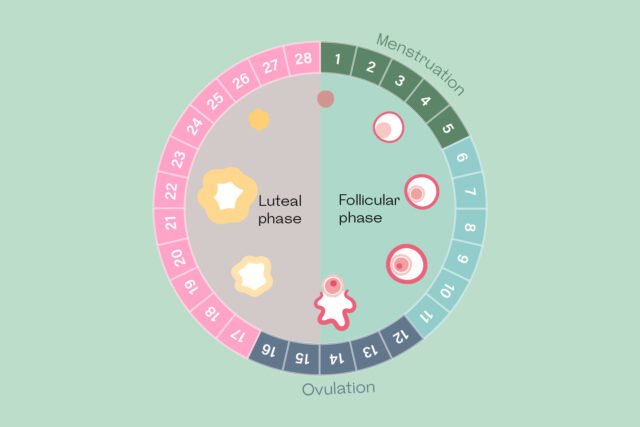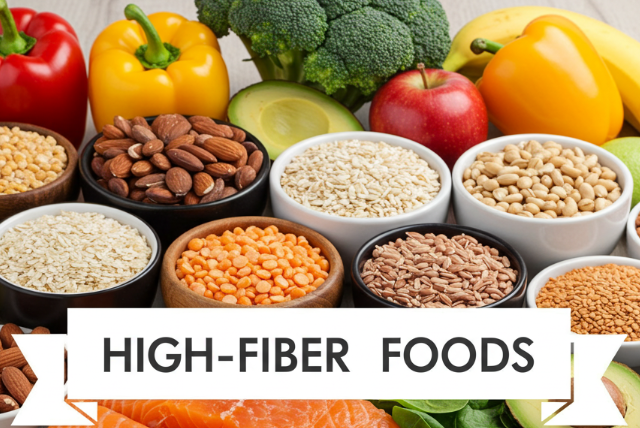
*This post may contain affiliate links. Read more.*
Plantar fasciitis is one of the most common causes of heel pain, affecting runners, athletes, and individuals who spend long hours on their feet. It occurs due to inflammation of the plantar fascia, a thick band of tissue connecting the heel bone to the toes. If left untreated, it can lead to chronic discomfort and mobility issues. While medical treatments exist, natural remedies and lifestyle adjustments have been scientifically proven to provide relief. In this article, we’ll explore research-backed natural solutions to ease plantar fasciitis pain effectively.
The Science Behind Plantar Fasciitis
The plantar fascia acts as a shock absorber, supporting the arch of the foot. When excessive stress is placed on this ligament, it can develop small tears, leading to inflammation and pain. According to a study published in the Journal of Foot and Ankle Research, stretching exercises combined with orthotic insoles significantly reduce symptoms in plantar fasciitis patients. Understanding the mechanics behind the condition can help in choosing the best treatment methods (The American Journal of Sports Medicine).
Best Natural Remedies for Plantar Fasciitis
1. Stretching & Strengthening Exercises
Scientific studies emphasize the importance of stretching to reduce tension in the plantar fascia. A clinical trial published in The Journal of Bone and Joint Surgery found that individuals who performed daily plantar-specific stretching exercises experienced significant pain reduction within eight weeks (The Journal of Bone & Joint Surgery).
Here are a few simple but effective stretches:
- Toe Stretch: Sit down, grab your toes, and gently pull them back toward your shin. Hold for 15-30 seconds.
- Calf Stretch: Stand against a wall, extend one leg back, and press the heel into the ground.
- Towel Stretch: Wrap a towel around the ball of your foot and pull it gently while keeping your leg extended.
2. Footwear & Orthotic Insoles
Wearing proper footwear and orthotic insoles helps to distribute pressure evenly and support the arch, preventing excessive strain on the plantar fascia. Research in the American Journal of Sports Medicine confirms that custom and prefabricated orthotics improve foot alignment and reduce pain (American Journal of Sports Medicine).
✅ My Personal Review : One solution I’ve found particularly helpful is the Plantar Fasciitis Arch Support Orthopedic Insoles. These insoles are designed for shock absorption and heel pain relief, and they provide excellent arch support, which has made a huge difference for me during long hours of standing or walking. I can honestly say these insoles have been a game-changer. As someone with flat arches, I used to experience constant discomfort and cramps in my feet. However, after incorporating these insoles into my daily routine, I noticed a significant reduction in foot pain. They fit seamlessly into all my shoes, and even after months of use, they continue to provide great support without losing shape or retaining odors. If you’re dealing with plantar fasciitis, I highly recommend giving them a try.
3. Massage & Ice Therapy
Massage and cold therapy can alleviate pain and inflammation. Studies from Clinical Rehabilitation suggest that self-massage combined with ice application reduces morning pain intensity in plantar fasciitis patients (Clinical Rehabilitation).
How to Use:
- Frozen Water Bottle Roll: Roll your foot over a frozen water bottle for 5-10 minutes.
- Foot Massage with a Tennis Ball: Apply moderate pressure and roll your foot over a tennis ball to relieve tension in the fascia.
I personally found the combination of ice therapy and massage to be incredibly soothing. It provides immediate relief after a long day on my feet and helps reduce the inflammation that causes the pain.
4. Essential Oils & Epsom Salt Soaks
Essential oils like lavender and peppermint have anti-inflammatory properties that can aid in pain relief. A study in Evidence-Based Complementary and Alternative Medicine found that essential oils provide significant pain reduction when used in combination with massage therapy.
A product I’ve used with great success is the Nikura French Lavender Essential Oil. It’s 100% pure and known for its calming and anti-inflammatory benefits, which make it perfect for helping manage plantar fasciitis discomfort.
✅ My Personal Review : I started using lavender essential oil after a recommendation from a friend, and it has been incredibly helpful, especially when I apply it during foot massages. The soothing scent not only relaxes me but also helps reduce the inflammation in my feet. I also enjoy adding it to my baths for an overall calming effect. It’s definitely become a staple in my daily routine, especially for managing my foot pain naturally.
Conclusion
Plantar fasciitis can be painful and persistent, but incorporating natural remedies such as stretching exercises, orthotic insoles, massage therapy, and essential oils can provide significant relief. Backed by scientific research, these methods offer a safe and effective approach to managing foot pain.
In my personal experience, using products like the Plantar Fasciitis Arch Support Orthopedic Insoles and Nikura French Lavender Essential Oil have made a remarkable difference. If you’re struggling with plantar fasciitis, I encourage you to try these solutions and see how they work for you. With consistent care, these natural approaches can help you find relief and support your healing journey.
#essential oils #foot pain relief #natural remedies #orthotic insoles #pain management #plantar fasciitis










